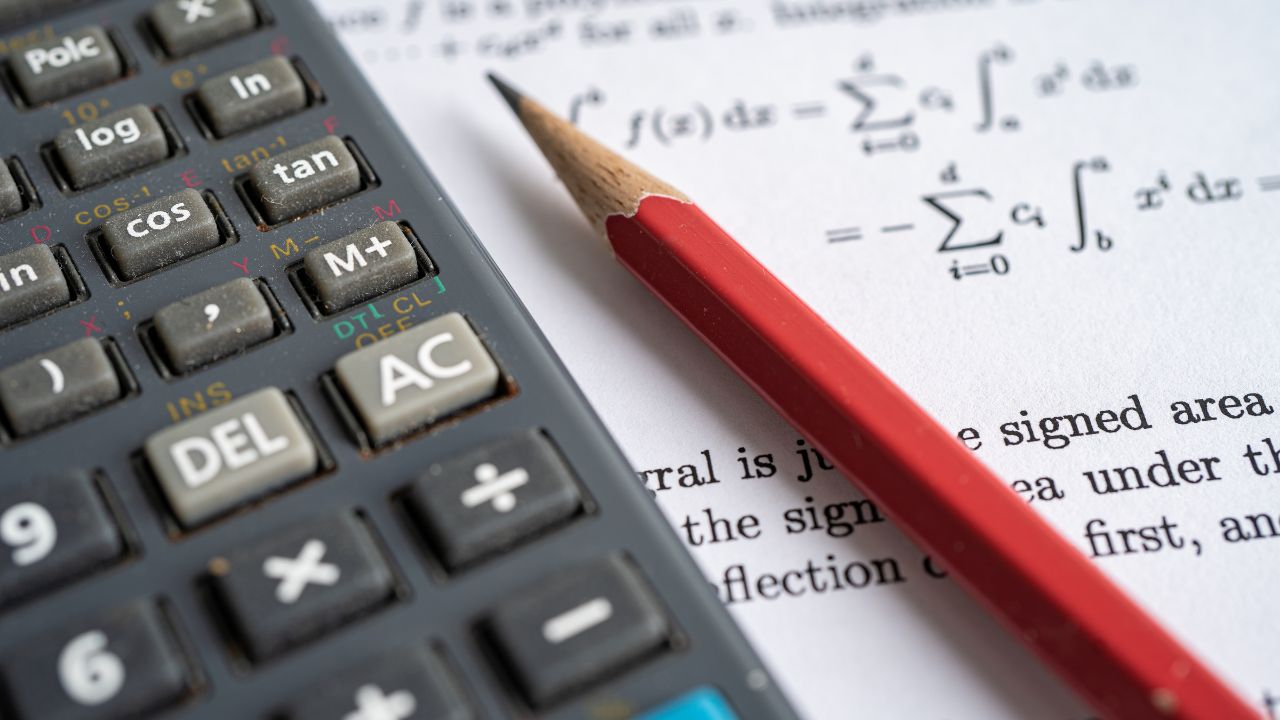Mastering Mathematical Recipes: A Guide to the Calculator Soup – Mathematics, often considered a daunting subject, can be likened to a vast ocean of knowledge, with each concept and theorem serving as a unique ingredient. To navigate this ocean, one needs a reliable vessel – a tool that can simplify complex calculations, aid in problem-solving, and serve as a guide through the turbulent waters of mathematical equations. Enter the calculator, a versatile instrument that has revolutionized the way we approach mathematics. In this article, we embark on a journey to explore the depths of mathematical recipes and unveil the secrets of mastering the calculator soup.
Understanding the Basics
Before delving into the intricacies of mathematical recipes, it’s essential to understand the fundamental operations of a calculator. Addition, subtraction, multiplication, and division form the building blocks of mathematical computation. These operations, coupled with functions such as exponentiation, logarithms, and trigonometric functions, empower the calculator to handle a wide range of mathematical tasks.
Ingredients of Mathematical Recipes
Mathematical recipes consist of various elements, each serving a specific purpose in problem-solving. These ingredients include:
- Numbers: The raw material of mathematics, numbers come in different forms – integers, fractions, decimals, and irrational numbers. A calculator facilitates the manipulation of numbers, enabling users to perform arithmetic operations with ease.
- Operators: Symbols such as +, -, ×, ÷, and ^ denote addition, subtraction, multiplication, division, and exponentiation, respectively. These operators dictate the actions performed on numbers, guiding the calculation process.
- Functions: Mathematical functions extend the capabilities of a calculator beyond basic arithmetic. Functions like sine, cosine, tangent, logarithm, and exponentiation allow users to tackle complex problems involving angles, exponential growth, and logarithmic relationships.
- Memory: Calculators often feature memory functions that enable users to store and recall intermediate results during calculations. Memory functions enhance efficiency and accuracy, particularly in lengthy computations.
Crafting Mathematical Masterpieces
Armed with an understanding of calculator basics and mathematical ingredients, one can begin crafting mathematical masterpieces. The key lies in leveraging the capabilities of the calculator to streamline the problem-solving process. Here’s a step-by-step guide to mastering mathematical recipes using the calculator:
- Define the Problem: Clearly articulate the mathematical problem at hand, identifying the unknowns, variables, and constraints involved.
- Select the Appropriate Tools: Assess the nature of the problem and determine which mathematical operations and functions are required for its solution. Choose the appropriate settings and modes on the calculator to match the problem requirements.
- Input Data: Input the relevant data into the calculator, ensuring accuracy and precision. Be mindful of parentheses and operator precedence to avoid errors in computation.
- Execute Calculations: Utilize the calculator’s functions and operators to perform the necessary calculations. Follow the established order of operations (PEMDAS/BODMAS) to maintain mathematical integrity.
- Interpret Results: Analyze the output generated by the calculator, interpreting it in the context of the original problem. Evaluate the significance of the results and determine their implications.
- Iterate and Refine: Iterate the calculation process as needed, refining the approach based on feedback and insights gained. Adjust parameters, explore alternative methods, and iterate until a satisfactory solution is obtained.
Advanced Techniques and Tips
To truly master the art of mathematical recipes, aspiring mathematicians can employ advanced techniques and utilize additional features offered by modern calculators:
- Graphing Functions: Graphing calculators enable users to visualize mathematical functions and analyze their behavior graphically. Graphs provide valuable insights into the relationships between variables and aid in problem-solving.
- Programming Custom Functions: Some calculators allow users to program custom functions and algorithms, empowering them to automate repetitive tasks and tackle specialized problems efficiently.
- Numerical Solvers: Built-in numerical solvers assist users in finding numerical solutions to equations and systems of equations. These solvers leverage iterative methods to approximate solutions with high accuracy.
- Statistical Analysis: Calculators equipped with statistical functions facilitate data analysis and hypothesis testing. Users can compute descriptive statistics, perform regression analysis, and conduct statistical tests with ease.
Conclusion
In the realm of mathematics, the calculator serves as a trusty companion, aiding mathematicians and enthusiasts alike in their quest for numerical mastery. By understanding the ingredients of mathematical recipes and harnessing the power of calculators, individuals can unlock new dimensions of problem-solving prowess. Whether navigating through algebraic equations, traversing trigonometric identities, or exploring the depths of calculus, the calculator remains an indispensable tool in the arsenal of every mathematician. So, embrace the calculator soup, and embark on a journey of mathematical discovery like never before.

